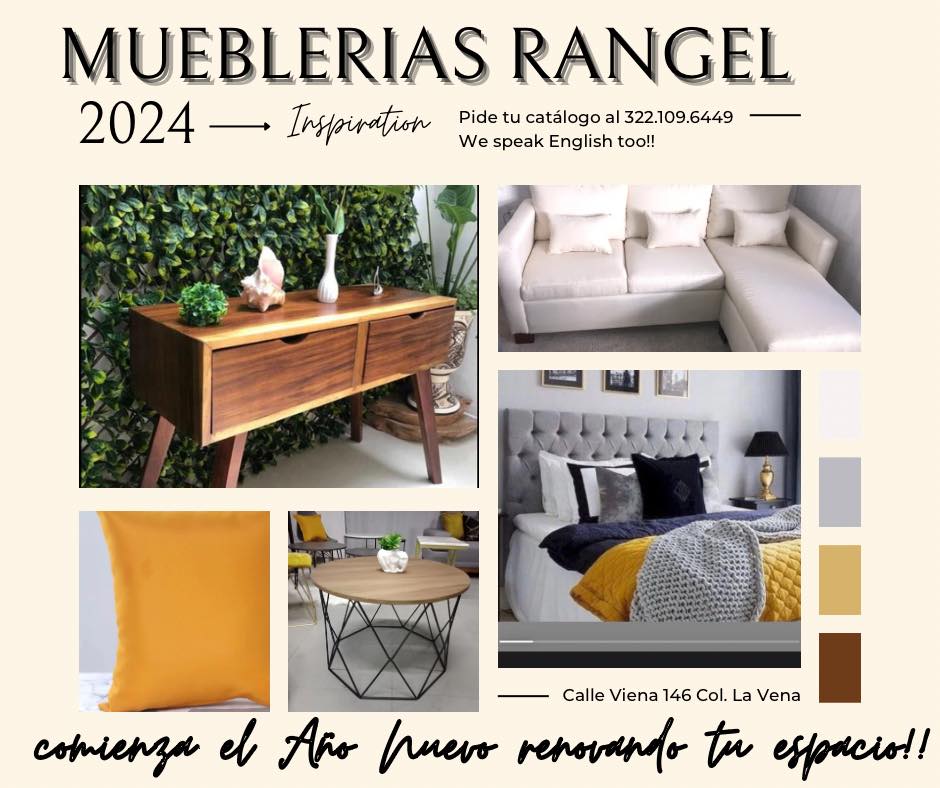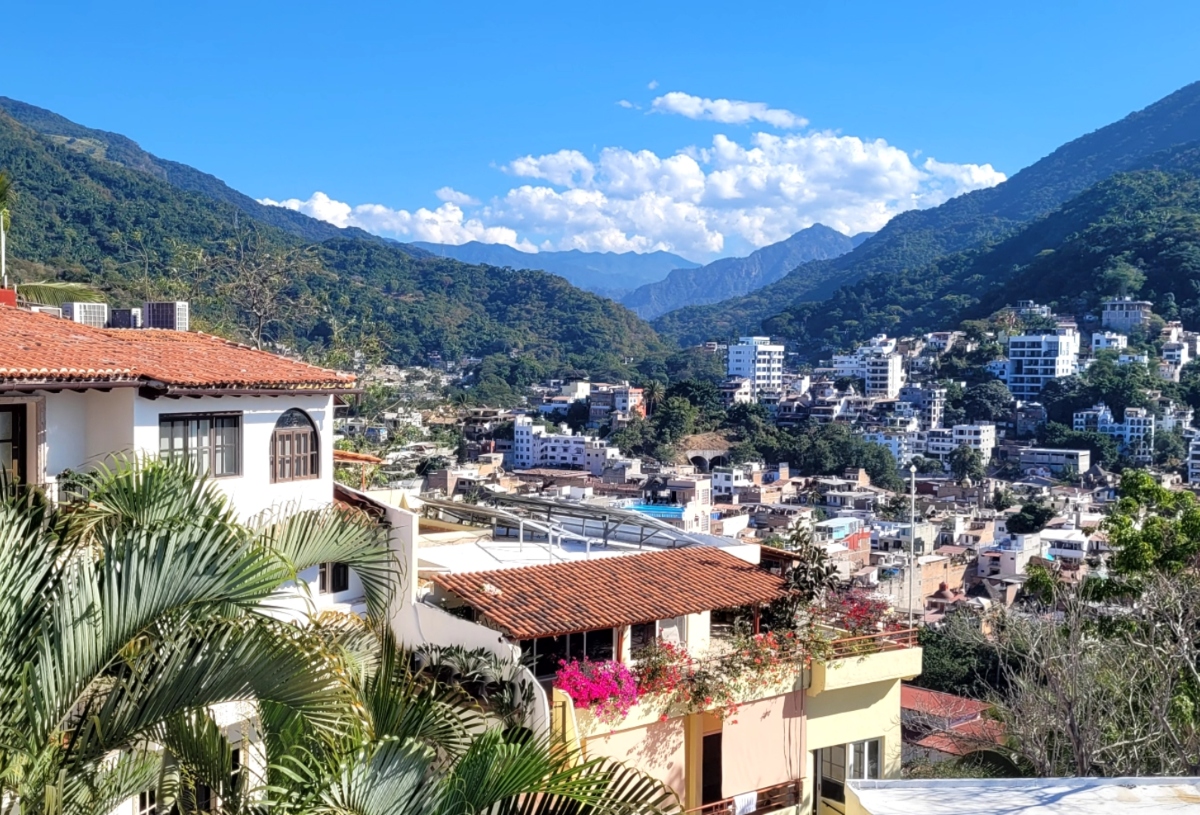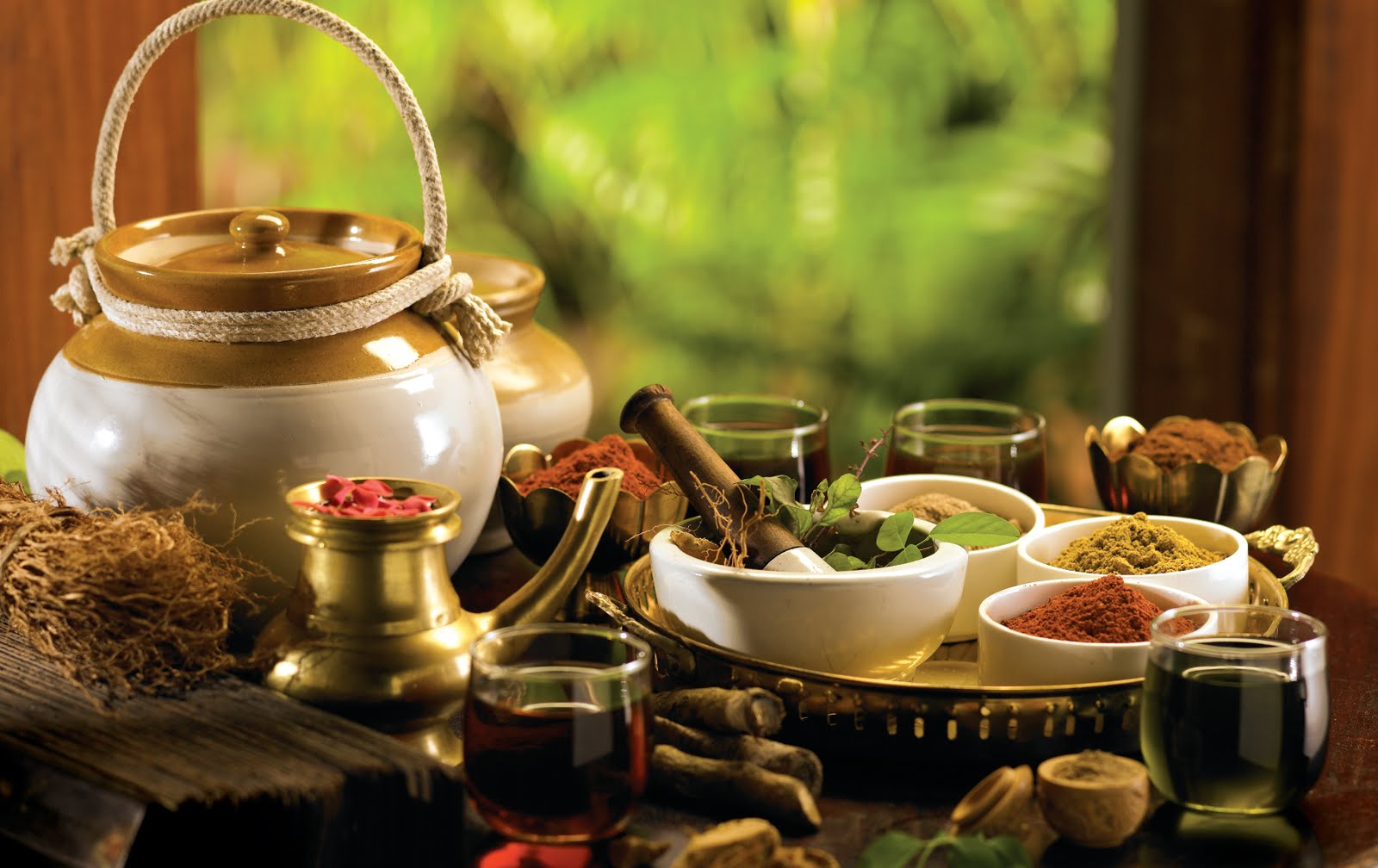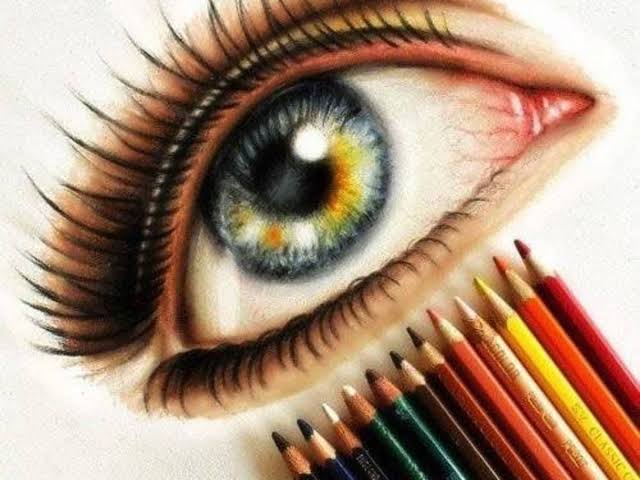
Dry media in art

By César Medina
September 29, 2023
Let us talk about dry media in art. Visual art is full of techniques in the modern world. As an extreme example we have the visual creations of artificial intelligence. But that is a separate topic.
Artistic painting, as we usually call it, is characterized by using liquids with varied tones and textures. And our mind visualizes the painter artist, stained on his person with colors that he has used in his work, and a palette where he wets his brush and mixes the colors.
These techniques are known as wet media. All the colors used, that is, the paints, come in liquid form or diluted in some way.
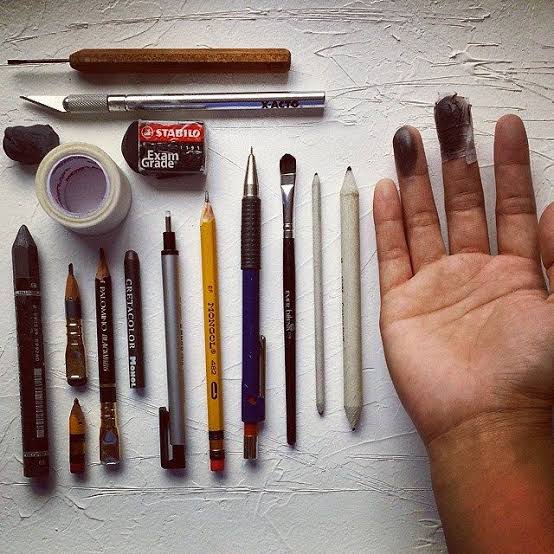
But, what is dry media?
However, there are other options that have prevailed since the origin of visual art. These are the dry media. In such techniques, the paint, the color, comes in solid forms. Whether in bar, stone, powder, wax, or metal, to name a few.
These techniques, like the first ones, can be applied to various supports or surfaces, such as paper, fabric, wood, etc. Let’s not forget the rock as a support in cave paintings, where these two media were sometimes mixed.

In many cases, the dry media is used as a linear base and guide to later use liquid colors on the project in question. Other times, solid colors make up the entire artwork, requiring nothing more than the inspiration of the creator in question.
Colors, shades and materials
In this type of art, we can find monochromatic inspiration, that is, using a single color on a support of contrasting tone, such as black graphite on white paper. Or perhaps, we can mix a black charcoal on a gray support and add a white chalk to create contrast. Or we can even use a wide range of colored chalk on the sidewalk of a square or park.
Solid colors are generally easy to remove from the support when we make a mistake. That is, they can be erased. This makes this technique the preferred one to begin the study of visual art, in addition to the fact that the solids are more manageable and are mostly ready for use without the need for any prior preparation.
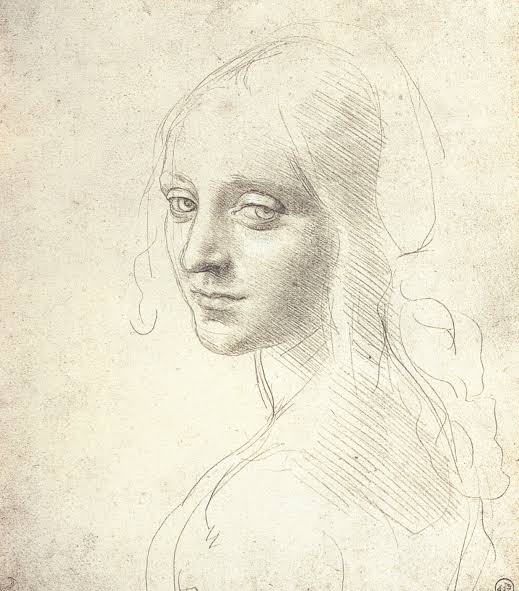
Also from the author: The Magic of Nature
The most common solid materials are graphite, charcoal, chalk, sanguine, pastel colors and crayons. A dry media widely used in the Renaissance is the metal point, whether silver, gold or any other.
Having laid out this small introduction to dry media, we will then continue talking about each of them and their use in renowned works of art.
As I am a self-taught artist, you will receive my very personal appreciation and approach to these topics and my experiences in this regard.

------ADVERTISEMENT------
------ADVERTISEMENT------
------ADVERTISEMENT------
------ADVERTISEMENT------
